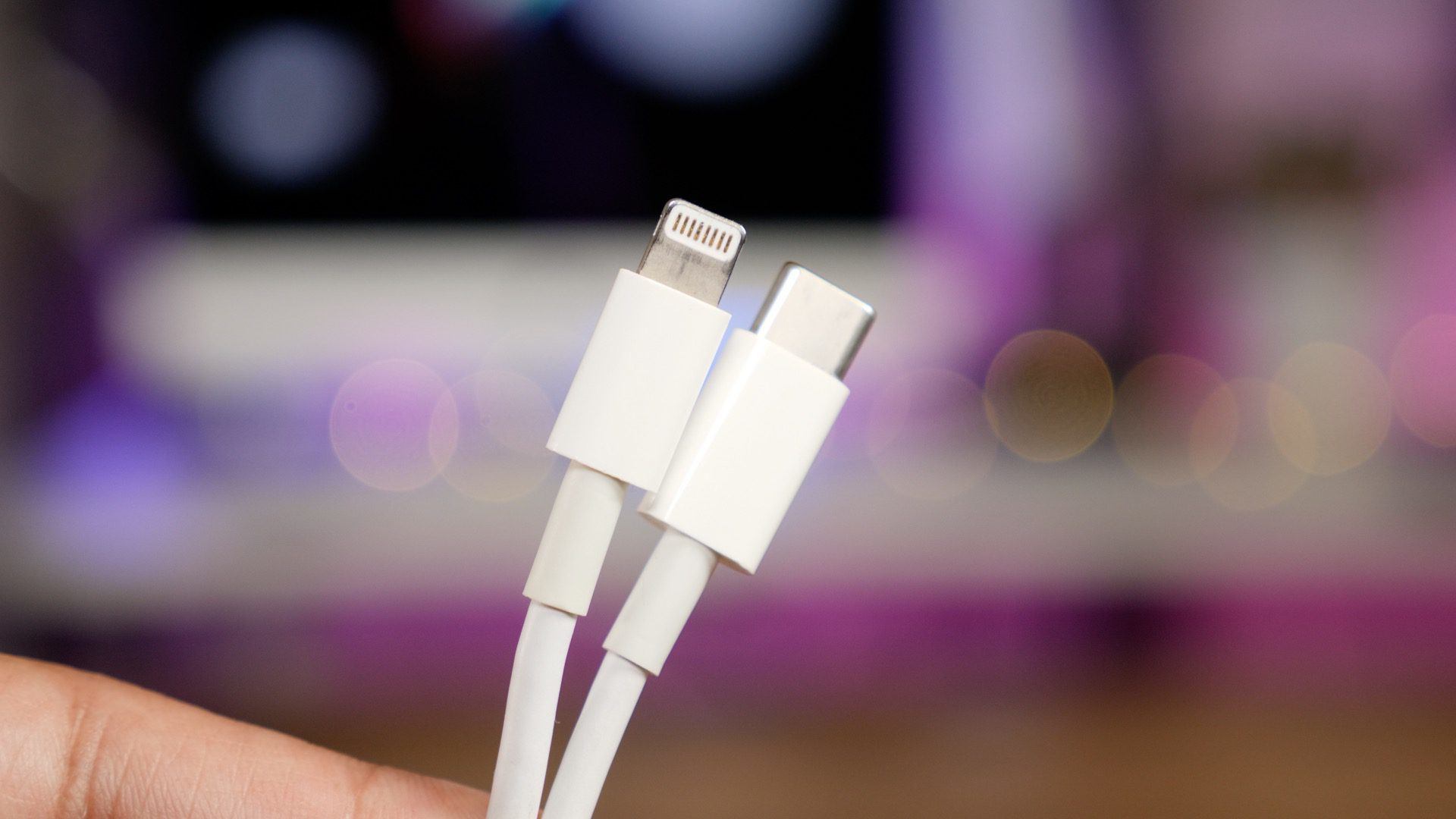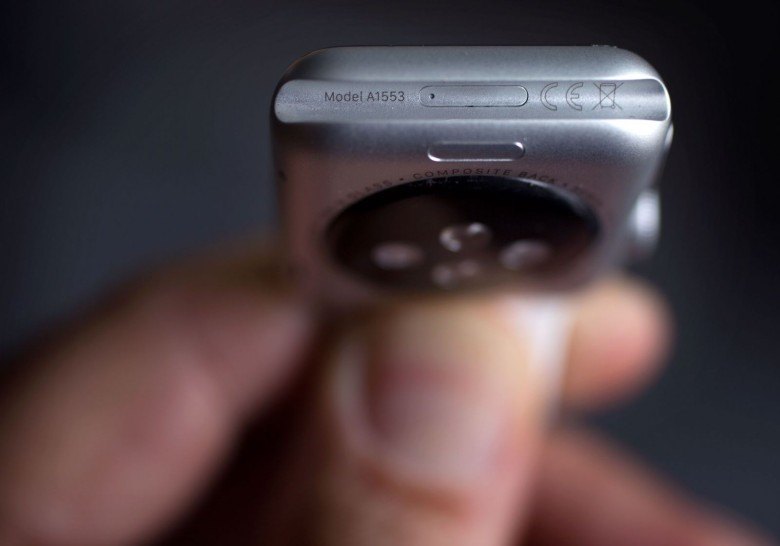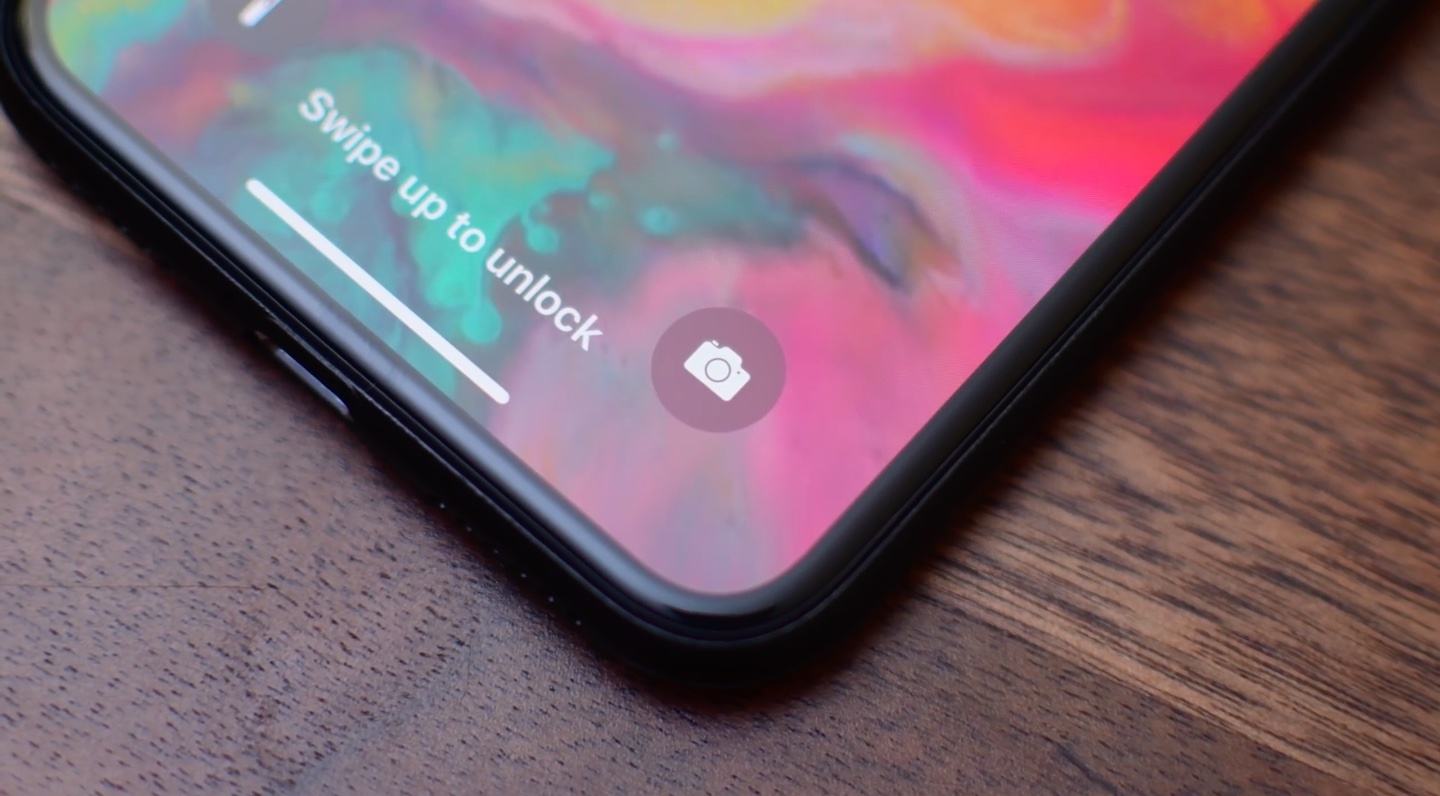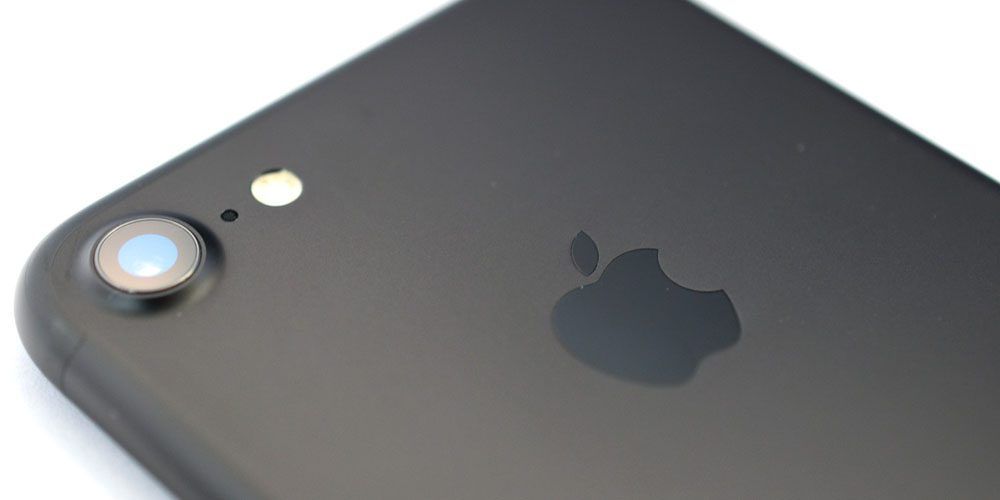A few years ago, the producers of light bulbs realized that if the life of the bulbs was not limited in some way, at some point the market would be served and there would be no more need to produce more, making the existence of their industry virtually useless. At the end of a light bulb’s life, no matter how old, it sheds light just like a new one and therefore there is no way to convince consumers who already have one to throw it away to buy a new one.
Some rumors, in unrelenting truth, and sometimes supported by various documents, spoke of the “Light Bulb Conspiracy“: the producers agreed to produce bulbs that at some point would fail, in this way pushing consumers to buy new bulbs. The same scheme would then be applied to printers, pantyhose and other articles of daily use, perhaps including the first-generation iPod.
This type of failure was defined as “Planned Obsolescence“: at some point the article would break according to a precise program inserted right from the product planning stages. Over time, failures were replaced by a more sophisticated and more ethically acceptable system: fashion trends, and so was born Perceived Obsolescence. The needs of humans being infinite, in the sense that once one is satisfied another is born within us immediately, we are always looking for something new to provide ourselves. If we have a pair of jeans with a certain type of denim treatment and a type with a different treatment begins to spread, we will begin to look at jean shop windows with some interest, and this interest will soon become our new need; in the same way, if we already have an iPhone and a new model comes out that, in addition to new features, is also aesthetically distinguishable, it is likely that we will feel the need to own it.
Now let’s look at the iPad. As Steve Jobs himself showed during his presentation, the iPad is a remarkable device primarily for surfing the Internet with the included browser: Safari. This is truly amazing, having wonderful features such as tab-browsing, Reader, bookmark syncing with other devices and so on. I don’t think it’d be very wrong to say that a good chunk of time spent on the iPad is spent navigating. It does not matter much if an iPad is first or last generation, as they all perform their duty well. Or better, after a bit of time, almost entirely.
Well, in a really unexpected move, Apple removed a good part of the first-generation iPad, making them almost unusable for web browsing by updating to iOS 5.1.1: Open Safari, go to a site, nothing earth-shattering, just Facebook let’s say, which after a while crashes completely, the app closing before your disbelieving eyes. After a month of this behavior, where various attempts to correct it (what enables one thing, disables another, resets the unit and so on) is solved only by a stalemate, a definite thought of buying a new iPad occurs to you for sure.
Multiply this by the number of users who have a first-generation iPad and here the effect of old-fashioned “Planned Obsolescence” is assured. Does this all sound a bit like a conspiracy theory? Maybe yes, but try to explain to the thousands of users who in this period flock to online forums, including of course the Apple Discussion forum, that it is a simple bug escaped from the laboratory of Cupertino, if you can …
Image Courtesy tidbits.com


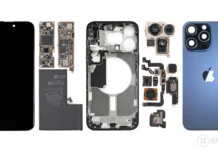

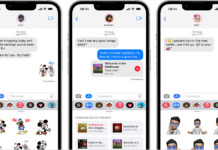

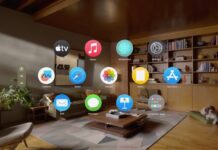




![[Link] AyaNeo Retro Mini PC AM01: un PC compatto in veste retro Macintosh](https://www.italiamac.it/wp-content/uploads/2023/12/AYANEO-Retro-Mini-PC-SIMIL-MACINTOSH-218x150.jpg)










